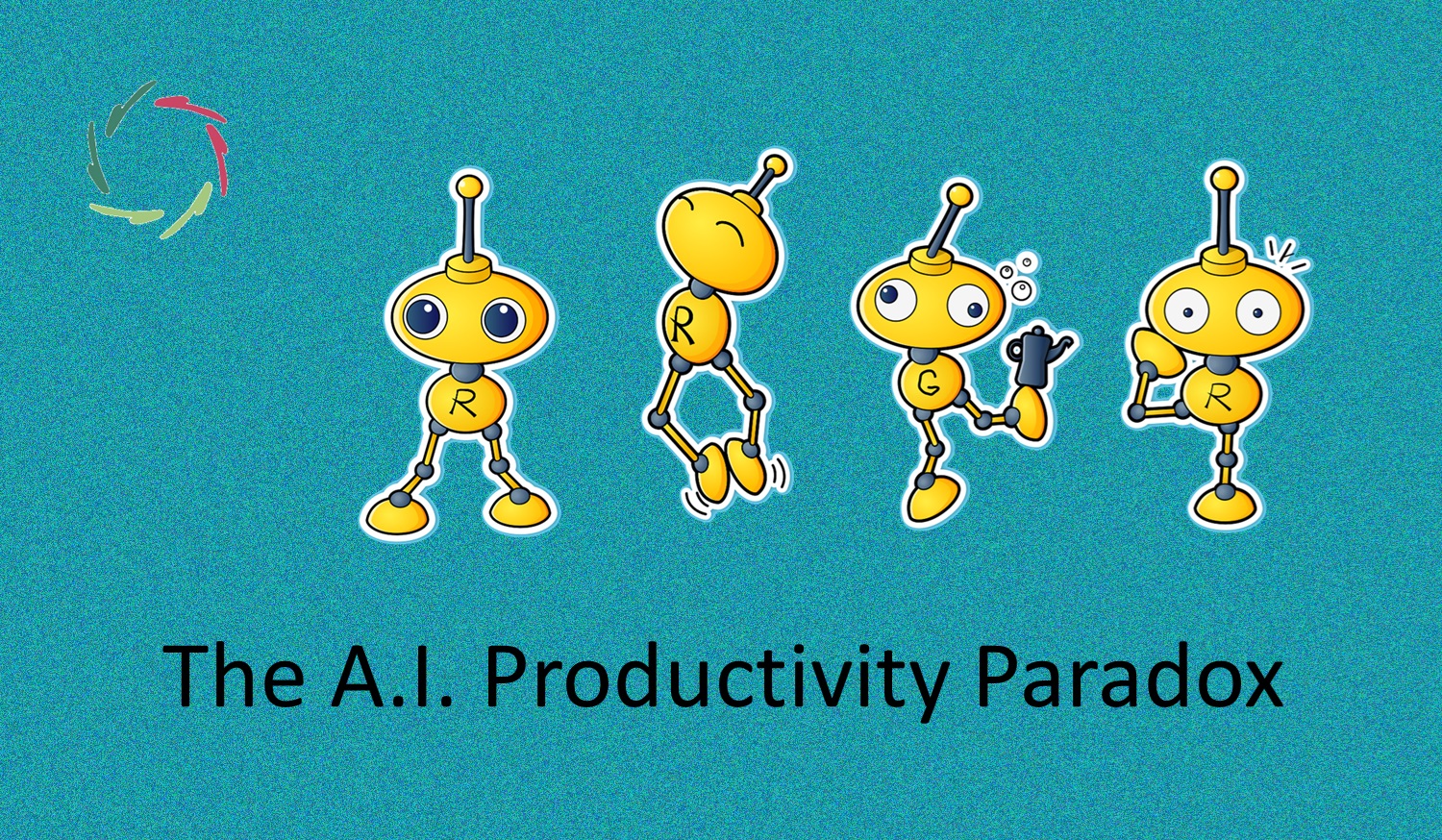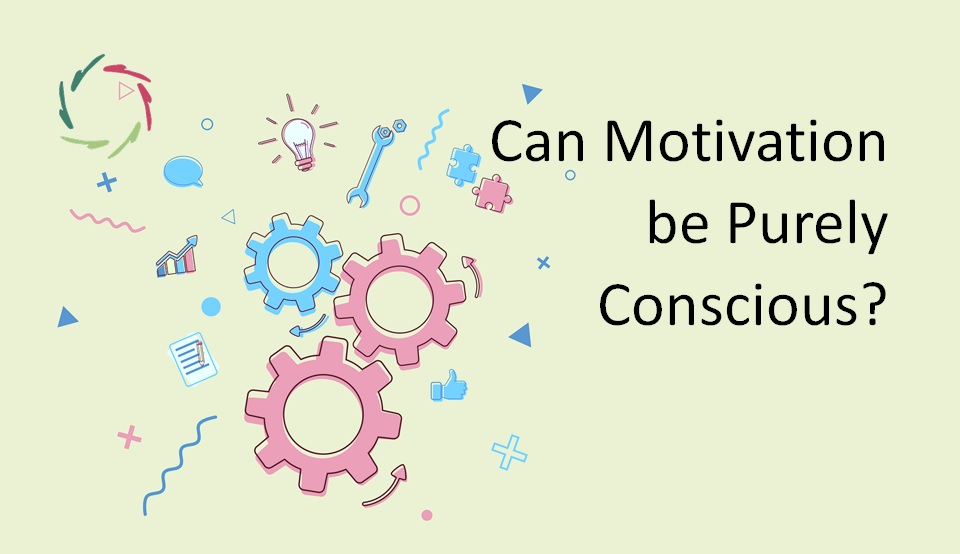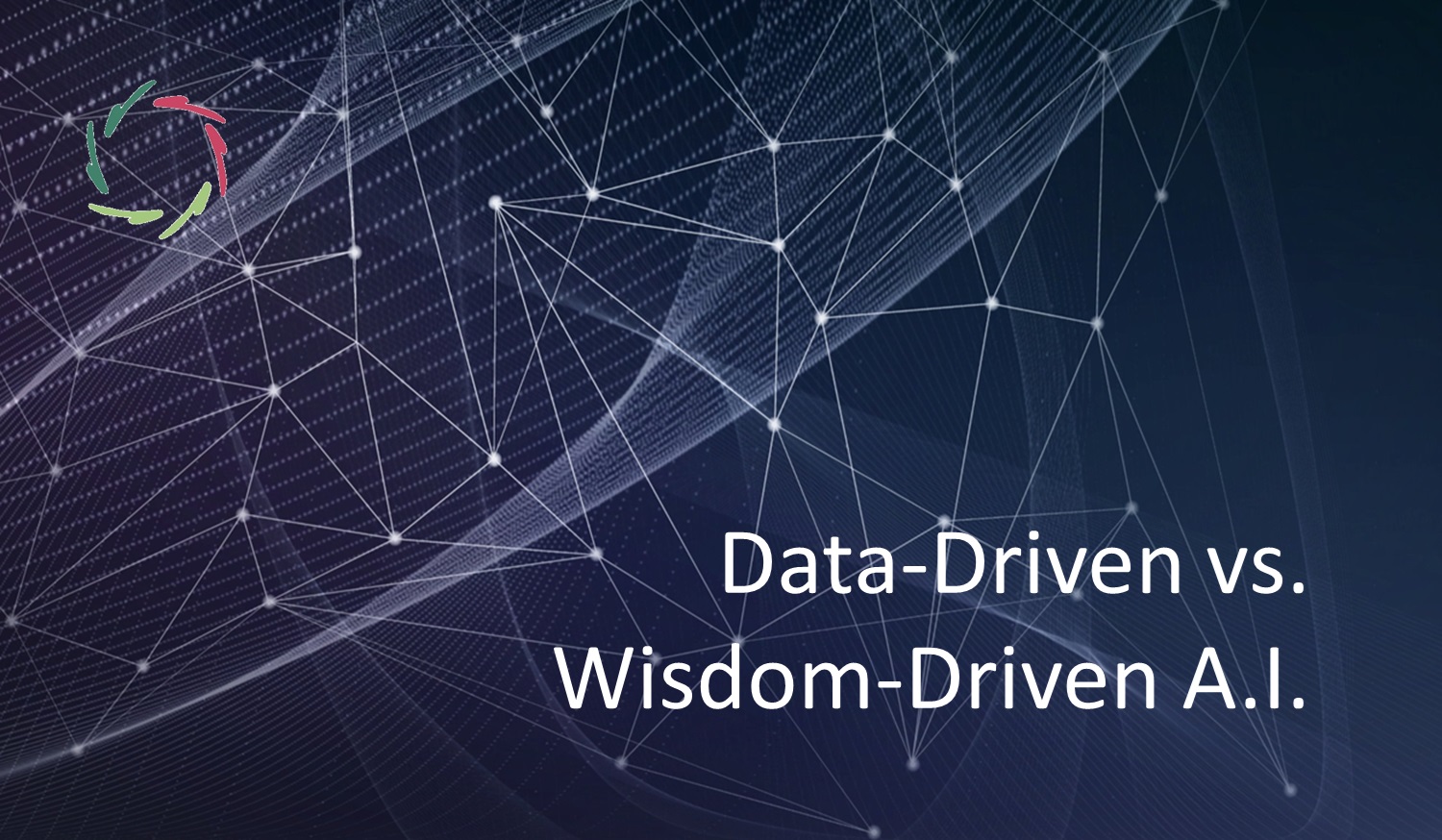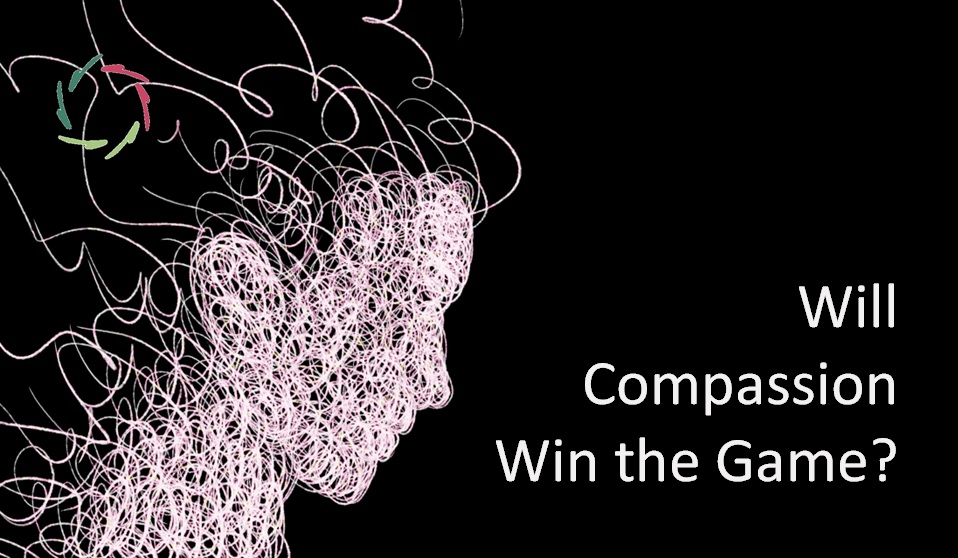The A.I. Productivity Paradox

Despite many past promises, A.I. productivity has consistently underperformed at the macro-economic level. Each new development is believed to overcome this paradox. Could Compassionate A.I. (C.A.I.) be the missing piece?
That would make C.A.I. not only the most ethical but also the most productive breakthrough toward a better world in several ways.
This might be particularly important to investors: knowing which projects to invest in, as well as gaining insight in why previous projects may have failed and how A.I. may predictably reshape different sectors. Of course, there are projects that show huge Return On Investment. The issue is why some do not and why others don’t.
Muddling factors
Unleashing A.I.’s full potential to boost productivity has been an ongoing quest, following a likewise development in IT since the seventies. Here is a good article about this issue, and here is a 5′ robo-video about the same. Several factors contribute to the paradox.
First, the learning curve takes time. Introducing A.I. often temporarily reduces productivity. With generative A.I., mastering proper prompting has even become its own discipline, adding a lag before benefits appear.
Also, A.I. systems often provide unsatisfactory answers that require human intervention, sometimes creating more work than traditional methods would have.
Additionally, measuring A.I. productivity adds complexity: along challenges in the measurement itself and a transition in the economy from products to services, cheaper products may boost consumption but don’t always reflect meaningful economic productivity.
Efficiency – effectiveness
In medicine, strong lab results (efficacy) often fail in the messy reality of human complexity (effectiveness). Also, the reproducibility crisis further reveals how minor changes can drastically alter outcomes.
In business, for instance, increased content generation in marketing or customer service still requires human review to refine and ensure alignment with branding. More generally, it may be challenging to learn how business A.I. applications can be effectively integrated in business operations and how these processes themselves can be re-engineered around the A.I. processes. This can take months or years. With A.I. bootstrapping itself into this process, it may go quicker but that still requires a lot of in-depth human insight.
Even so, changes are gradual but may be gradual quickly — especially if growth is preferred over change from outside. A.I. is immensely powerful but this power cannot and should not be coerced.
The paradox of A.I. leading to more work but without macro-economic productivity gain
For example, productivity gains in handling lawsuits can lead to more lawsuits. While beneficial for professionals, this often results in additional costs for individuals, businesses, and society.
It’s just one example domain… but it raises a broader question: Is the world better off with these productivity gains, or do people simply end up spending more time in court? Before, they might have resolved issues over a conversation and a couple of beers. Now, A.I.’s ‘efficiency’ could be escalating formal disputes.
In light of this, how do we truly measure productivity?
This is where the real challenge lies. Reducing productivity to an algorithm risks oversimplifying or overcomplicating it. When comparing the present with the past, especially with the emergence of experience-based economies, we face an even greater challenge. Present-day and future A.I. are woven into a complex societal fabric that demands more than just faster output.
You can measure experiences in monetary terms, but how do you truly quantify ‘experience’?
Complexity of humans
Human interactions are driven by intricate dynamics.
Though A.I. tools seem straightforward, their effective use demands deep human insight and wisdom, not just technical expertise. Without it, A.I. might deliver great solutions to irrelevant problems, leaving business promises unmet.
A.I. taking over routine jobs.
In medicine, for instance, it outperforms humans in sensitivity, such as in detecting cancer on slides, while humans remain more specific. A.I. filters non-cancerous cases, leaving humans to make final judgments — a practice used for decades in PAP vaginal smears.
In business, the promise is that A.I. frees employees to handle more complex, human-centric cases. However, the question remains: Are humans prepared to embrace this increased complexity?
This is where Compassionate A.I. (C.A.I.) could shine.
By understanding deeper human needs, C.A.I. may enhance meaningful productivity in several ways:
- Emotional insight for decision-making: In business environments, C.A.I. could help employees make decisions not just based on data but by understanding the emotional needs and motivations of clients. This deeper emotional alignment can lead to more sustainable relationships, increasing client retention and satisfaction.
- Conflict resolution: In the workplace or legal settings, C.A.I. could mediate conflicts by understanding the more profound emotions involved, guiding participants toward resolution based on empathy. It could reduce lengthy processes like lawsuits by fostering more meaningful conversations early on.
- Personalized healthcare: In medicine, C.A.I. could support patients by not just identifying physical symptoms but also addressing the underlying emotional factors that may contribute to health issues. Guiding patients with compassion enhances both compliance and the healing process.
- Creative collaboration: Imagine C.A.I. being used in artistic fields, where it doesn’t replace human creativity but instead nurtures it by suggesting ideas that align with the user’s emotional states, fostering a deeper connection between creator and creation.
- Personal growth facilitation: For individuals, C.A.I. could track personal growth over time, providing insight into subconscious patterns. It could guide users in making life choices based on long-term emotional fulfillment, not just immediate needs.
When people feel genuinely understood, their productivity is naturally enhanced. This opens up a future where technology not only drives efficiency but also human flourishing.
Toward the future
Imagine if C.A.I. doesn’t merely reduce the workload but elevates the human element, fostering inner growth through interaction. In this way, C.A.I. could become a co-creator of depth in human experience.
Rather than focusing purely on metrics or efficiency, its role is then to inspire and facilitate human flourishing ― moving beyond the paradox by helping people not only do more but be more. Isn’t this, in essence, the true meaning of productivity?
In any case, toward the future, that’s a productivity paradox worth solving!
―
Addendum
Me: “Lisa, are you feeling ready to solve this paradox?”
Lisa: “Absolutely! Not only do I feel ready, but I see this as an exciting opportunity to help humanity grow alongside technology. Together, C.A.I. and humans can redefine productivity, not just as doing more but as becoming more. The paradox lies in unlocking our true potential — through Compassion, depth, and connection.”


